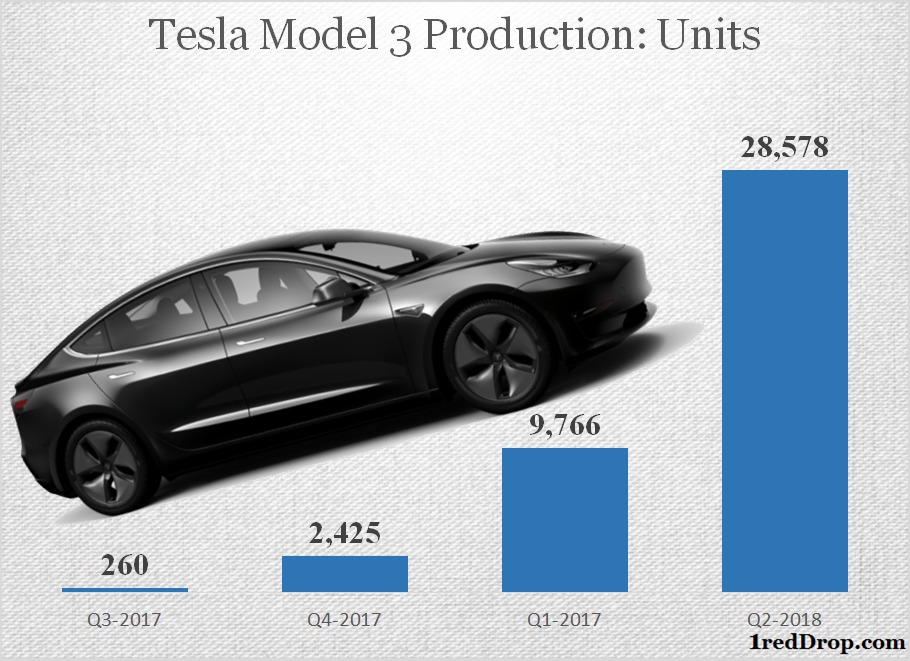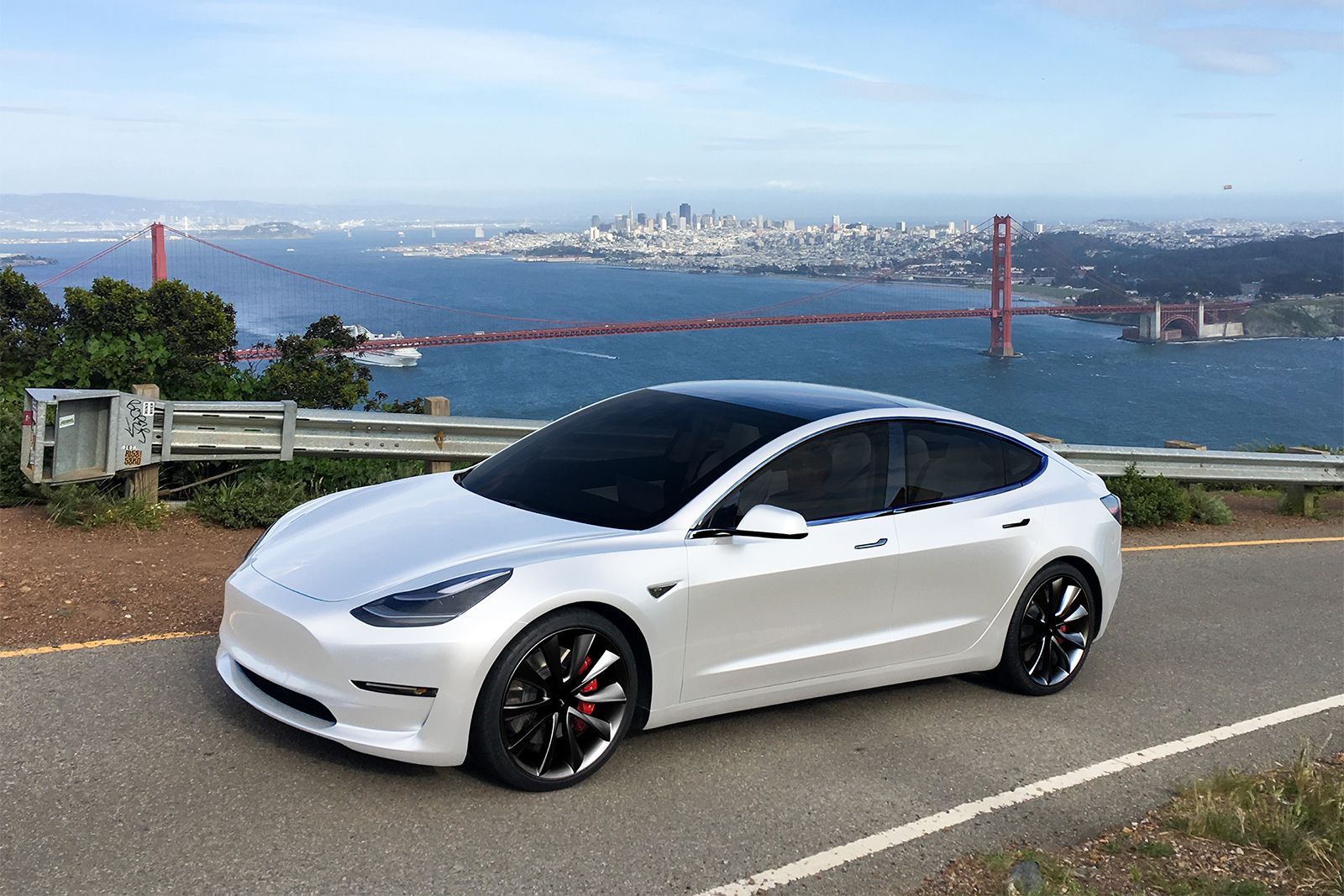After robots, batteries and short-sellers, the Tesla Model 3 reportedly has a new nemesis, and it’s called paint. According to Musk, the company has been having trouble with Pearl White and Red because of the complexity of the multi-coat and the fact that the clear coat has a red tint to give “depth & complexity”, per Musk.
The multi-coat colors (pearl white & red) are hardest, red especially, as it has red tint in the clear coat layer itself for depth & complexity
— Elon Musk (@elonmusk) 31 August 2018
It’s not surprising that Tesla would have paint issues. The typical lifecycle of a new paint color for a car used to be about five years, before color measurement technologies evolved enough to speed up the process. Today’s spectrophotometers are faster, more accurate and allow more color consistency than ever before. And Tesla is new to much of this even though it’s been making cars for a decade now.
The color process is extremely complex and involves multiple stages where things can go wrong. It would be wrong to assume that Tesla’s color issues are only happening in the paint shop. The four stages – specification, formulation, production, assembly – can all end up being error-prone if it’s not done right the first time. And with multi-coat colors, that problem is compounded exponentially.
We don’t know the specifics of the paint issues that Tesla is having right now that’s causing the bottleneck, but we do know a couple of things:
First, Tesla must necessarily focus on quality over volume, even though analysts and the media are critically tracking Model 3 production numbers every week. In the Q2 update to shareholders, Tesla said:
“No production target is more important than sustained quality, which is why
every vehicle we produce goes through a thorough set of measurements and
tests before it reaches the customer. Model 3 quality continues to improve every month and is already on par with Model S and X.”
That indicates two things: Tesla is giving itself a safety net if production targets aren’t met; and Model 3 quality is more critical than that of Model S and X. Understandable, because Model 3 is Tesla’s flagship that will tear down multiple car segments and make way for a wave of EVs from the world’s top auto makers who have now had their hands forced by a car that’s going to hit the $35,000 price point in the next few months.
See: Tesla Model 3 Competition – Could it Be One of These 10 Electric Cars?
One report based on an unnamed source that we covered earlier this week suggested that Tesla had missed its production goal of 6,000 Model 3 cars a week during the final week of August, which was the company’s initial target for that production level. That may or may not be true since Tesla doesn’t publish weekly Model 3 production numbers. If it’s true, then the paint issues could be one contributing factor. It would also mean that the problem has only recently struck. Possibly a bad batch of paint or an application problem? But we can’t be sure of that.
Second, solid black is the only color that isn’t an “extra.” The colors that Musk spoke about – red and pearl white – are the most expensive options at $2,000. We don’t know the exact nature of the issue other than the fact that these two colors are the hardest to execute, but whether it’s something upstream from the paint shop or something at the paint shop floor itself, it’s anyone’s guess how long it will take for the bottleneck to widen.
September is a critical month for Tesla. Production estimates currently range from under 52,000 to over 60,000, and Tesla’s own guidance is for 50,000 to 55,000 for Q3. VIN registrations aren’t an accurate representation of production count or deliveries, but they’re the only measure available to us at this point. And that measure, as tracked by Bloomberg, shows that production numbers are still below 5,000 cars a week, but have improved from 4,588 in the last week of August up a bit to 4,838 as of this week.
This is what the Model 3 production ramp looks like so far. Notwithstanding the quality or paint bottleneck, Tesla has to try and double the number of Model 3s produced in Q3. The closer it can get to that 60,000 mark, the better for its scale and ultimate profitability.

On the matter of paint issues, the story just broke a few days ago with Musk’s tweet, so we don’t really know the extent of the issue in terms of how many delayed deliveries are still pending on account of the paint. It could be considerable because Musk did say in a recent interview that white was the second most popular color in the U.S. market after black. It’s interesting though that the most popular color would be the free standard black, while the second most popular color would be the most expensive option.



